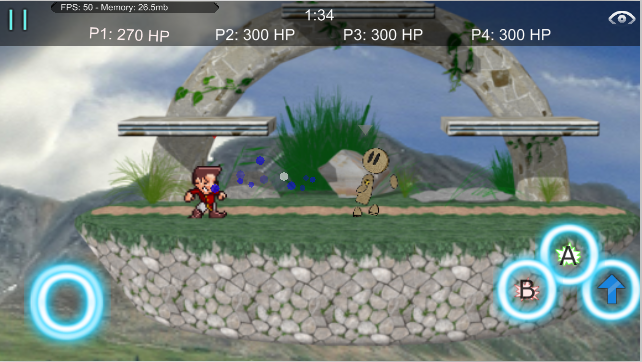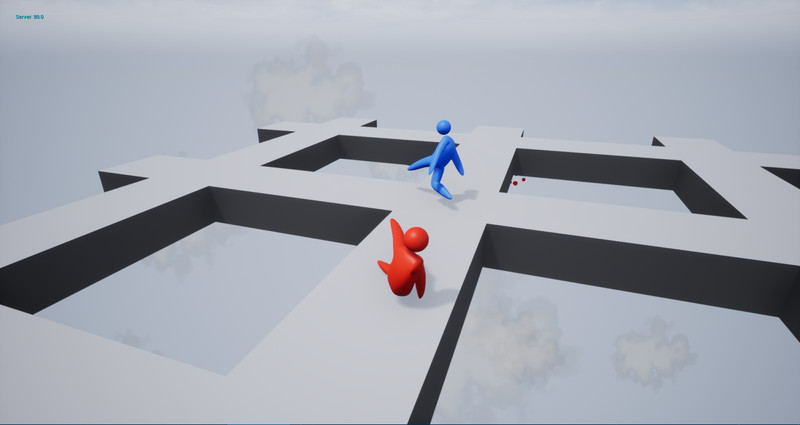


involves a player trying to knock the Link vs. Rather than ensuing the usual method and dynamics of fighting games, Super Smash Bros. The game introduced the fighting system that would later become stable for the entire series, with newer variants increasing the speed and versatility of combat rather than adjusting the underlying gameplay. Its concept and gameplay style was also adopted for other game franchise crossovers, such as Jump Super Stars (based on numerous Shonen Jump series) and PlayStation All-Stars Battle Royale (based on numerous Sony series). The game received numerous sequels, each for different Nintendo consoles and each adding a variety of new content (including characters, stages, items, and abilities). Along with unique stage layouts, numerous usable pickups, aerial combat, and a simplified control scheme (with only two attack buttons), the game is best known for its unique vitality system (where instead of depleting a health counter, players must physically knock others out of the arena after weakening their knock-back resistance using attacks). features characters, items, and locales from popular Nintendo franchises (including Mario, The Legend of Zelda, and Pokémon) as up to four players take part in arena battles using a unique open-movement fighting game system. Made by the studio behind the Kirby series, Super Smash Bros. (known in Japan as Nintendo All Star! Dairantō Smash Brothers, translated to "Nintendo All-Star! Great Melee Smash Brothers") is a 2.5D crossover platformer-fighting game developed by HAL and published by Nintendo for the Nintendo 64 in Japan on January 21, 1999, in North America on April 26, 1999, and in Europe on November 19, 1999.


 0 kommentar(er)
0 kommentar(er)
